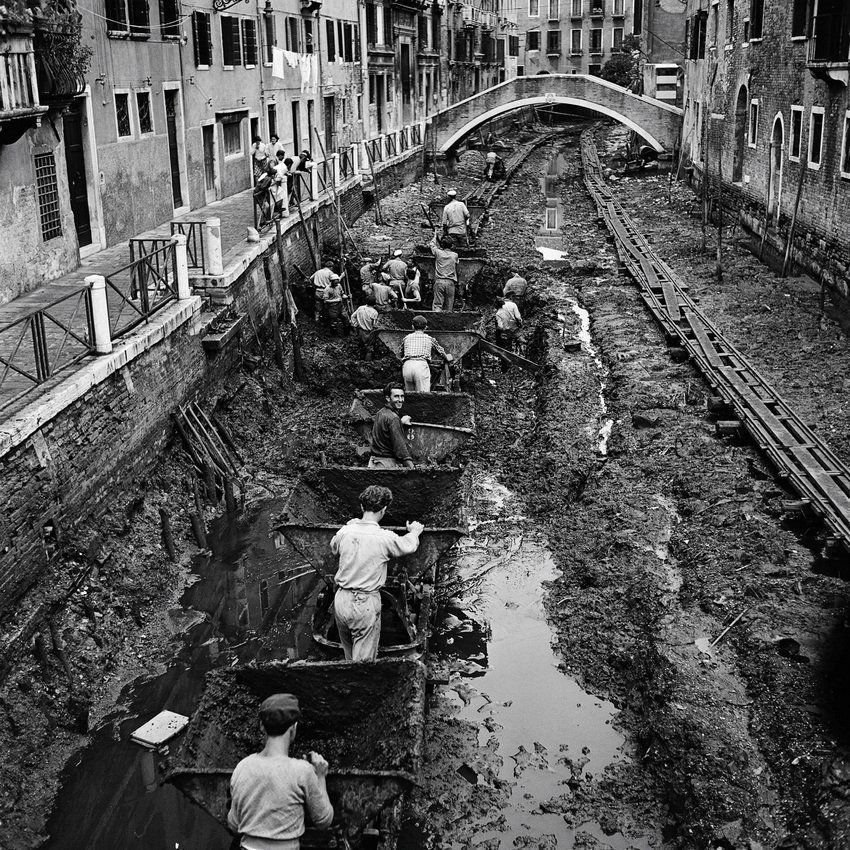
- calendar_month July 17, 2024
Venice, known for its picturesque canals, elegant architecture, and romantic gondolas, is a marvel of ancient engineering. The city’s unique location on a lagoon in the Adriatic Sea posed significant challenges, which were ingeniously overcome by its early engineers. The construction of Venice is a testament to human ingenuity, resilience, and the ability to adapt to and thrive in challenging environments.
The Challenges of Building Venice
Constructing a city on water required addressing several key challenges:
- Unstable Ground: The lagoon's muddy, marshy terrain provided little solid ground for traditional building methods.
- Flooding: The city had to be designed to withstand frequent flooding and fluctuating water levels.
- Saltwater Corrosion: Building materials needed to be resistant to the corrosive effects of saltwater.
Ingenious Solutions
Foundations of Wood
The foundation of Venice’s buildings is one of the most remarkable aspects of its construction. The early Venetians developed a method of creating stable foundations in the lagoon's soft soil:
- Wooden Piles: Thousands of wooden piles, primarily made from alder and larch, were driven deep into the soft mud and clay until they reached a more solid layer of compressed clay. The piles were cut from trees in forests as far away as Slovenia and Croatia.
- Waterlogged Stability: Surprisingly, the waterlogged environment of the lagoon preserved the wood. Deprived of oxygen, the wood did not rot but instead petrified, becoming as hard as stone over time.
- Rafts and Platforms: On top of these piles, engineers laid wooden platforms and then constructed stone and brick buildings, creating a stable and durable foundation.
Canals and Drainage
The city’s intricate network of canals was another key element in its design:
- Canals as Streets: Canals were used as the primary means of transport, with boats and gondolas taking the place of horse-drawn carriages and foot traffic.
- Drainage System: A sophisticated drainage system was developed to manage the flow of water, both from the sea and the city's freshwater needs. The canals were carefully dredged and maintained to ensure a consistent depth and flow.
Building Materials and Techniques
Venetian engineers also had to consider the materials and techniques used in construction:
- Bricks and Stones: The buildings in Venice were constructed using bricks and stones, which were transported from the mainland. These materials were chosen for their durability and resistance to saltwater.
- Lightweight Structures: The buildings were designed to be relatively lightweight to avoid sinking into the soft ground. This involved careful planning and the use of materials like Istrian limestone, which is both strong and light.
- Innovative Architecture: The city’s architecture incorporated elements like large, airy windows and open courtyards to reduce weight and allow for better ventilation and light, essential in a damp environment.
Maintaining Venice Through the Ages
Maintaining Venice has been an ongoing challenge, requiring continuous innovation and adaptation:
- Regular Maintenance: The canals need regular dredging to prevent silting, and buildings require constant upkeep to address the wear and tear from the humid environment.
- Modern Solutions: In recent years, modern engineering solutions like the MOSE project (Modulo Sperimentale Elettromeccanico) have been implemented to protect Venice from flooding. This system of movable barriers can temporarily isolate the lagoon from the Adriatic Sea during high tides.
The Legacy of Venice’s Engineers
The early engineers of Venice left a legacy of ingenuity and adaptability. Their solutions to the challenges of building a city on water are still admired and studied by engineers and architects today. Venice stands as a testament to human creativity and the ability to create beauty and functionality in the most unlikely of places.
Venice’s construction is a story of overcoming immense natural challenges through innovative engineering and design. The city's wooden foundations, intricate canal system, and resilient buildings highlight the brilliance of its early engineers. As we admire the beauty and elegance of Venice today, we also pay homage to the remarkable ingenuity that made this floating city a reality.
